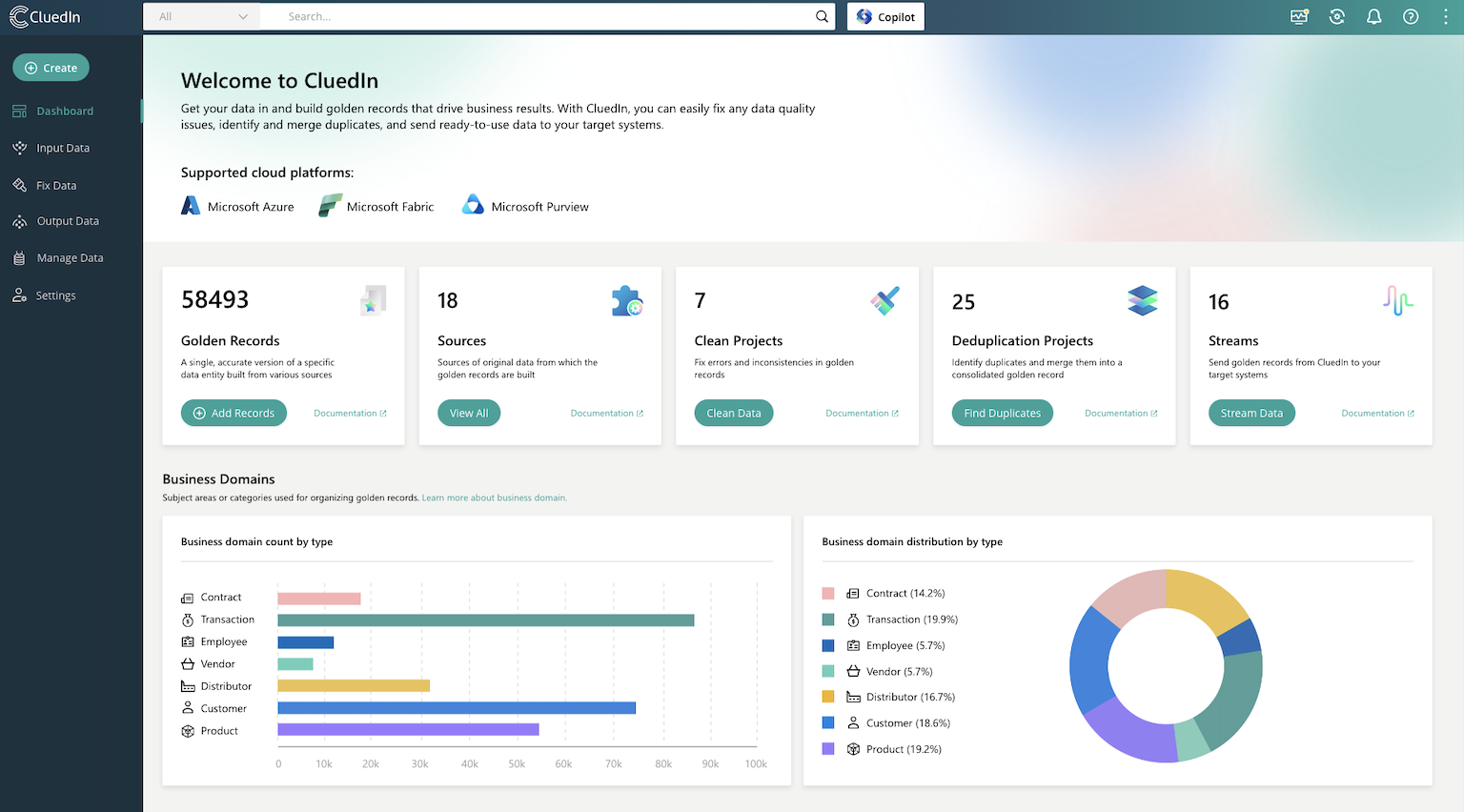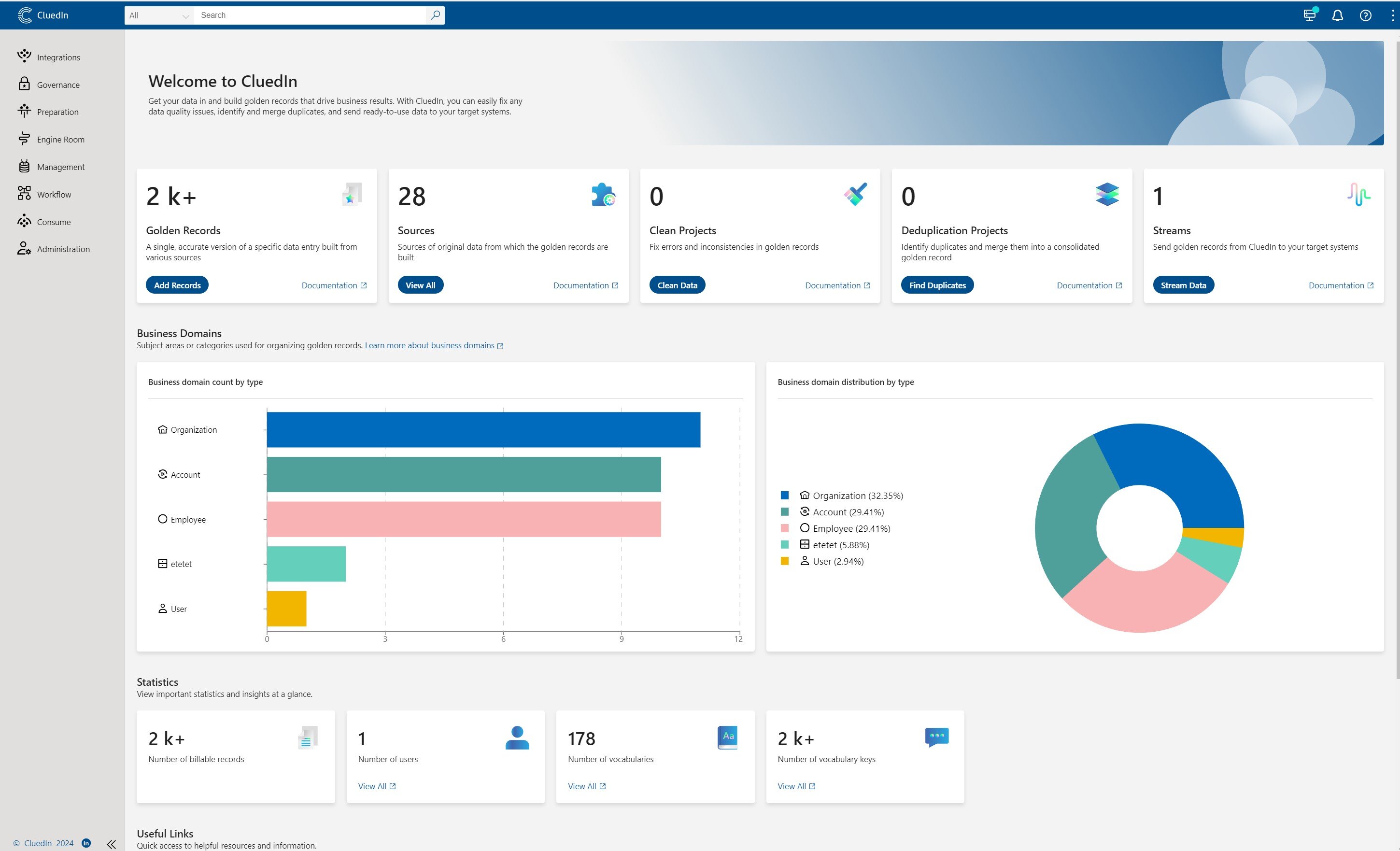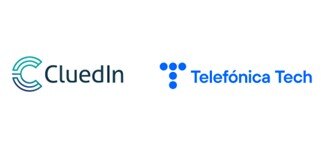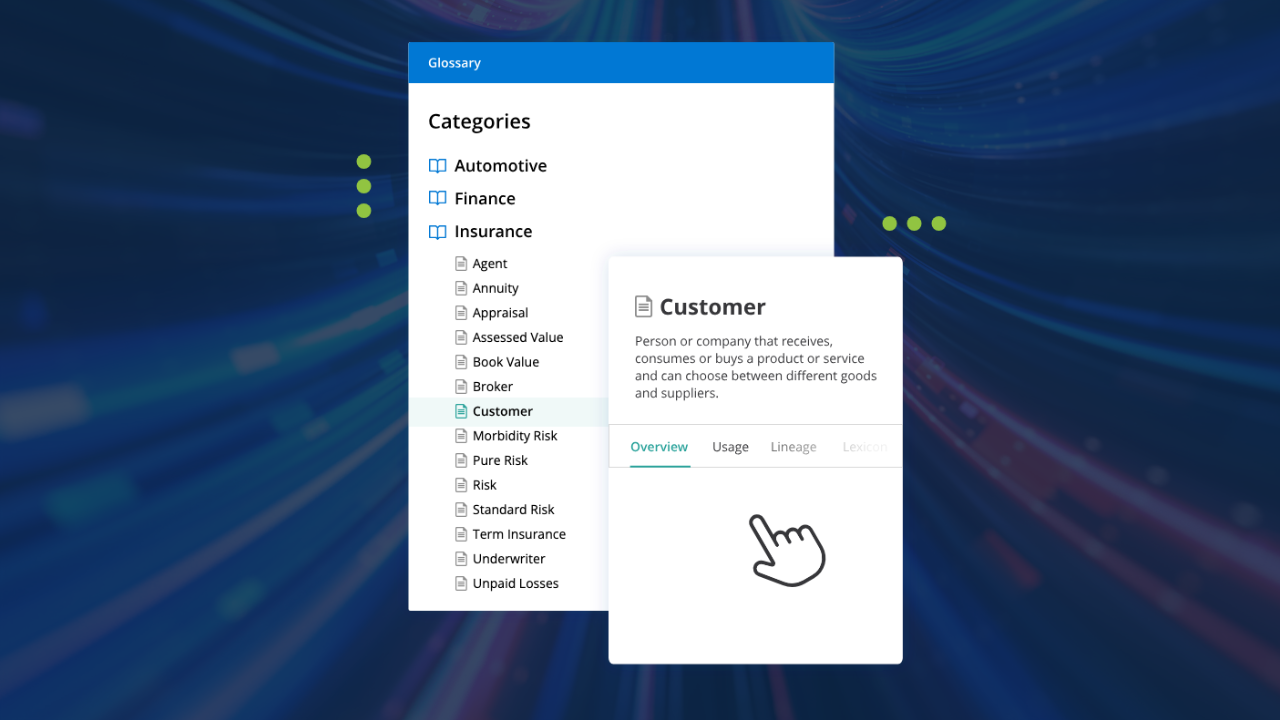What is Augmented Data Quality?
Augmented Data Quality (ADQ) leverages advanced technologies such as AI and ML to enhance traditional data management practices. It automates the detection and correction of data issues, enabling data leaders, data stewards, and domain experts to ensure higher data accuracy, consistency, and reliability. This approach is vital in today's fast-paced data environments, where manual oversight is impractical due to the sheer volume and complexity of data. ADQ represents a shift towards more dynamic, responsive data governance models, aligning closely with strategic business objectives by providing a cleaner, more trustworthy data foundation.
When is Augmented Data Quality needed?
ADQ becomes crucial in various scenarios, such as when organizations face rapid data growth, deal with data from multiple, disparate sources, or require real-time data analysis for decision-making. It's also essential when businesses undertake digital transformation projects that necessitate clean, reliable data for new applications. In addition, industries regulated by strict data compliance standards need augmented solutions to ensure accuracy and adherence to regulations. Essentially, any situation where the volume, velocity, or variety of data overwhelms traditional management approaches calls for augmented data quality solutions.









